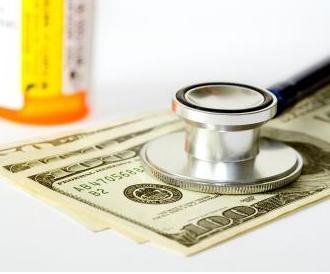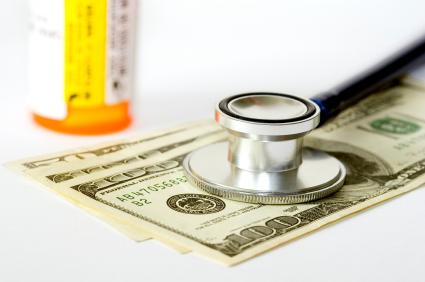 Healthcare spending rose by just 3.9 percent for the third year in a row in 2011, according to a study published in the journal Health Affairs and based on data from the National Health Expenditure Accounts.
Healthcare spending rose by just 3.9 percent for the third year in a row in 2011, according to a study published in the journal Health Affairs and based on data from the National Health Expenditure Accounts.
It’s the slowest rate of growth in the 52-year history of these records.
Total health care spending growth in 2010 and 2011 continued to track closely with the growth in nominal Gross Domestic Product in both years, and the health spending share of GDP stayed stable in 2011 at 17.9 percent.
Despite the overall stability in health spending, “we observed faster growth in spending among some payers and services in 2011,” Micah Hartman, statistician in the Office of the Actuary at CMS and lead author of the Health Affairs article, said in a statement.
In 2011, for example, there was slower growth than in 2010 in the net cost of insurance and in noncommercial medical research. There was also a decline in spending in government public health activities.
At the same time, there was faster growth in spending in 2011 than in 2010 for personal health care goods and services. Growth in this category was mainly due to an increase in nonprice factors, such as the use and intensity or complexity of services.
Faster growth in personal health care spending in 2011 was also driven by increased growth in spending for retail prescription drugs and physician and clinical services, which was partly offset by slower growth in spending for hospital services.
Furthermore, from a payer perspective, spending for Medicare, private health insurance and consumer out-of-pocket payments increased faster in 2011 compared to 2010, although spending for the Medicaid program grew more slowly.
On the whole, the impact of provisions of the Affordable Care Act on aggregate health spending growth in 2010 and 2011 was minimal. However, there was some impact on certain subcomponents of national health expenditures; for example, private health insurance spending and enrollment were impacted by the provision that expanded private health insurance coverage to dependents of enrollees up to age 26.
The major areas where spending growth accelerated in 2011 (over 2010) were:
Retail prescription drugs (2.9 percent)–spending growth accelerated from 0.4 percent growth in 2010, partly because of price increases in brand-name and specialty drugs.
Physician and clinical services (4.3 percent)–spending grew faster in 2011 compared to growth of 3.1 percent in 2010 and was due primarily to increased growth in nonprice factors, such as the use and complexity or intensity of services that more than offset slower growth in prices for these services.
Medicare spending (6.2 percent)–this faster growth (compared to 4.3 percent growth in 2010) is attributable to a one-time increase in spending for skilled nursing facilities and faster growth in spending for physician services under fee-for-service Medicare and for Medicare Advantage spending.
Private health insurance (3.8 percent)–the acceleration (from 3.4 percent growth in 2010) was mainly due to private health insurance enrollment increasing 0.5 percent in 2011, after declining each year from 2008 to 2010.
Out-of-pocket spending (2.8 percent)–spending growth increased faster in 2011 compared to 2010, when growth was 2.1 percent, and was partially due to higher cost sharing and increased enrollment in consumer-directed health plans.
The major areas where spending growth slowed (from 2010) were:
Hospital spending (4.3 percent)–the slowdown from 4.9 percent growth in 2010 is attributable to slower growth in the prices charged by hospitals and low growth in use of hospital services and in Medicaid spending for hospital care.
Medicaid expenditures (2.5 percent)–growth slowed from 5.9 percent in 2010 and was mainly due to continued financial pressure on state budgets because of the economy and a shift in the share of spending from the federal government to the states (a result of expiration of enhanced federal aid to states in June 2011), as well as slower enrollment growth in the program (from 4.9 percent in 2010 to 3.1 percent in 2011).












